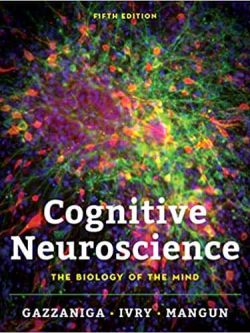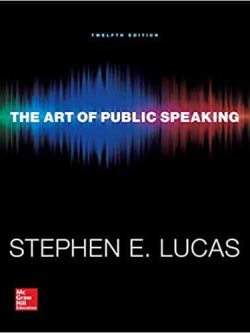Specifications
| book-author | Jeremy P. Shapiro |
|---|---|
| file-type | |
| isbn10 | 1118722116 |
| isbn13 | 9781118722114 |
| language | English |
| pages | 1115 |
| publisher | Wiley |
Book Description
Comprehensive introduction to the theory and practice of therapy This second edition of Child and Adolescent Therapy: Science and Art draws on both the research in the field of psychotherapy as well as the clinical experience of the authors to create a comprehensive guide to evidence-based practice for providers of child and adolescent therapy. It provides explanations of each of the key theoretical orientations, as well as the methodologies associated with each orientation, and applies these explanations to the several primary diagnostic categories. This revised and updated second edition includes a new chapter on Mindfulness-Based Cognitive-Behavioral Therapies (including Dialectical Behavior Therapy and Acceptance and Commitment Therapy), the incorporation of recent findings from the field of neuroscience, instruction in the technique of motivational interviewing, and guidance in the use of therapeutic diagrams with young clients.
The book demonstrates how experienced therapists think by demonstrating how the science and art of therapy can be integrated to give a solid foundation for treatment planning and clinical decision-making. This book is a model of the thought process that experienced therapists use. Theoretical principles, treatments that are supported by empirical research, and best practices are all put into a form that is real and thorough, and numerous examples of therapist verbalizations and interactions between counselors and clients are included. The Science and Art of Treating Children and Adolescents, Second Edition: Child and Adolescent Therapy:
- Describes the process of therapy from the bottom up, beginning with the basics and progressing to more sophisticated theory and practice
- Includes coverage of the most prominent theoretical approaches, including behavioral, cognitive, mindfulness-based, psychodynamic, constructivist, and family systems.
- Helps therapists develop effective treatment plans by ensuring a balanced evaluation of outcome studies, cultural issues,and the unique qualities of each individual client
- Facilitates the integration of diagnostic criteria into treatment planning for the most common illnesses affecting children and adolescents










Reviews
There are no reviews yet.